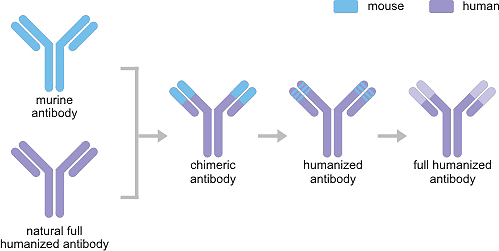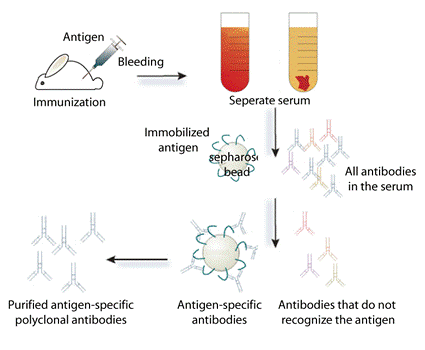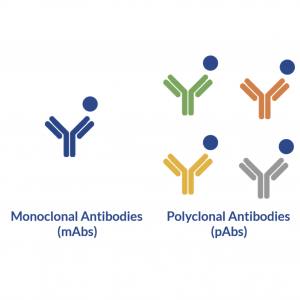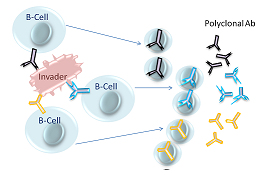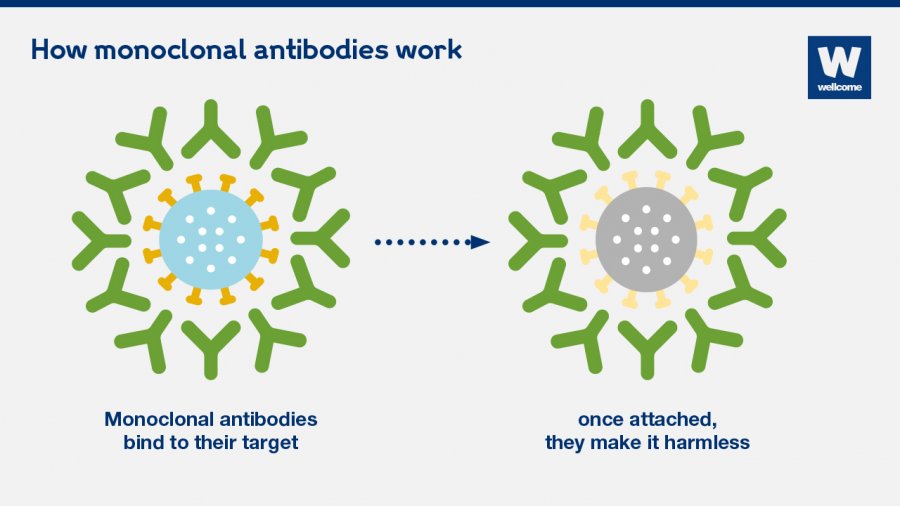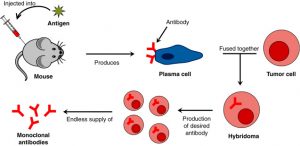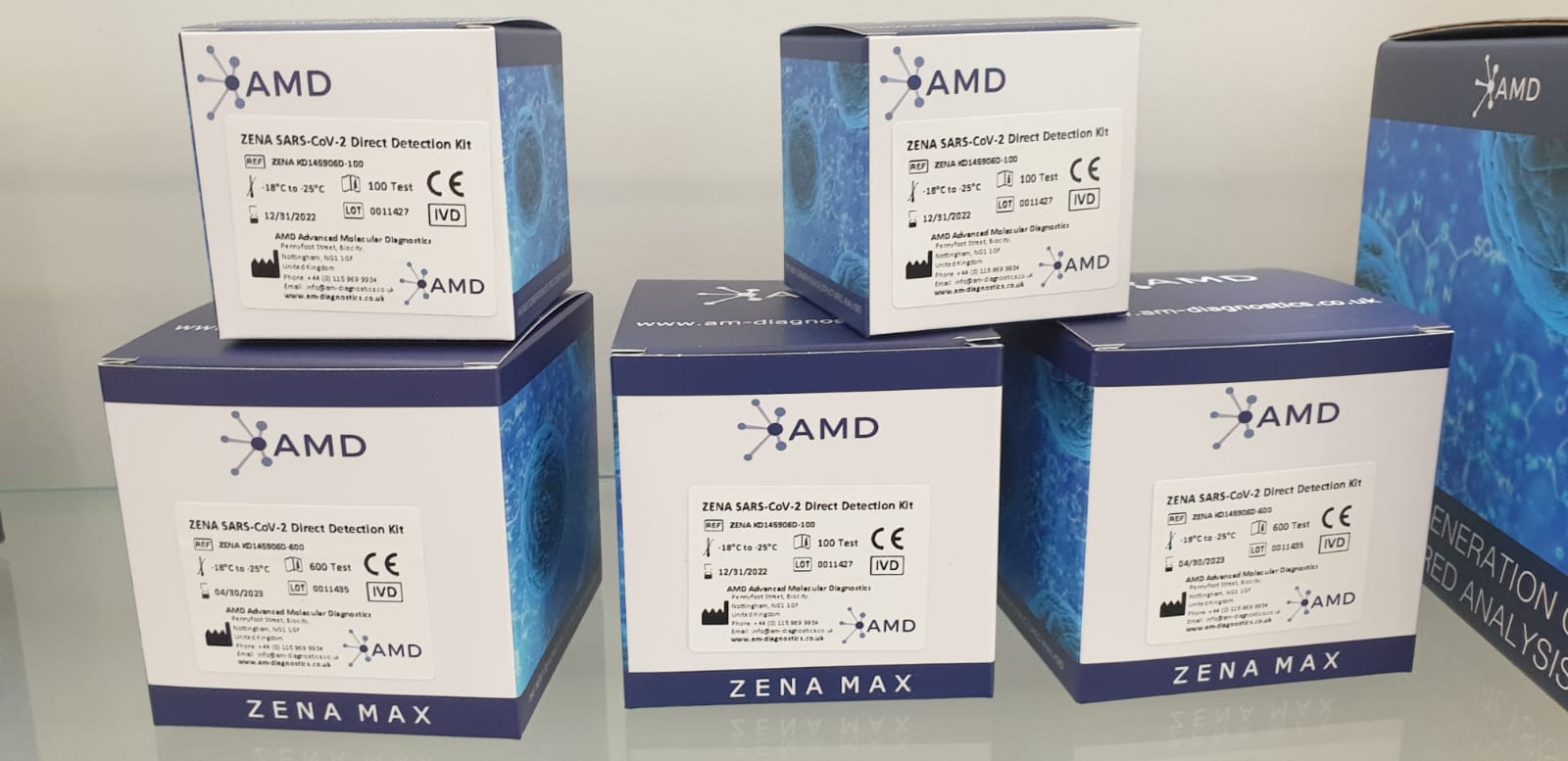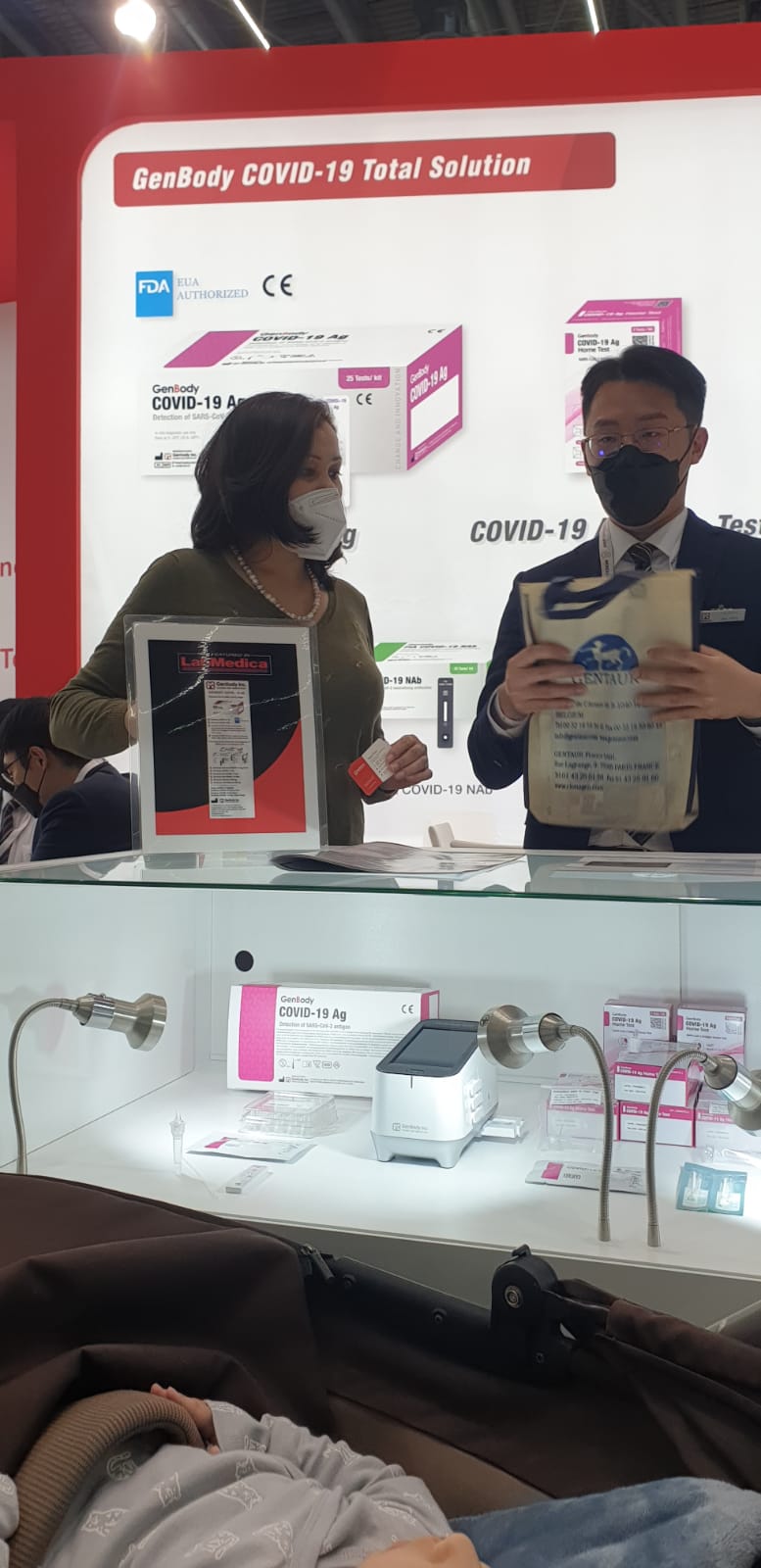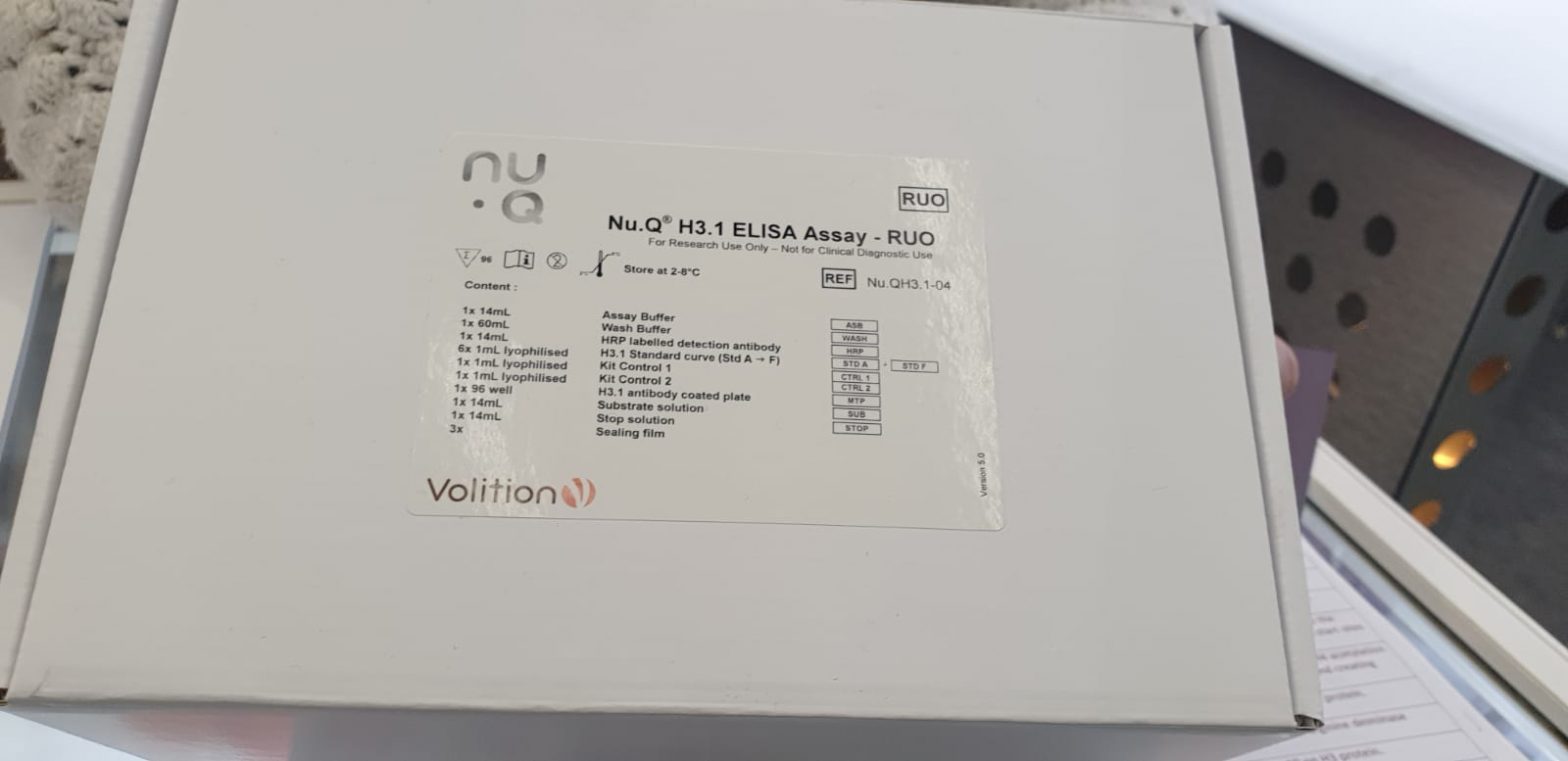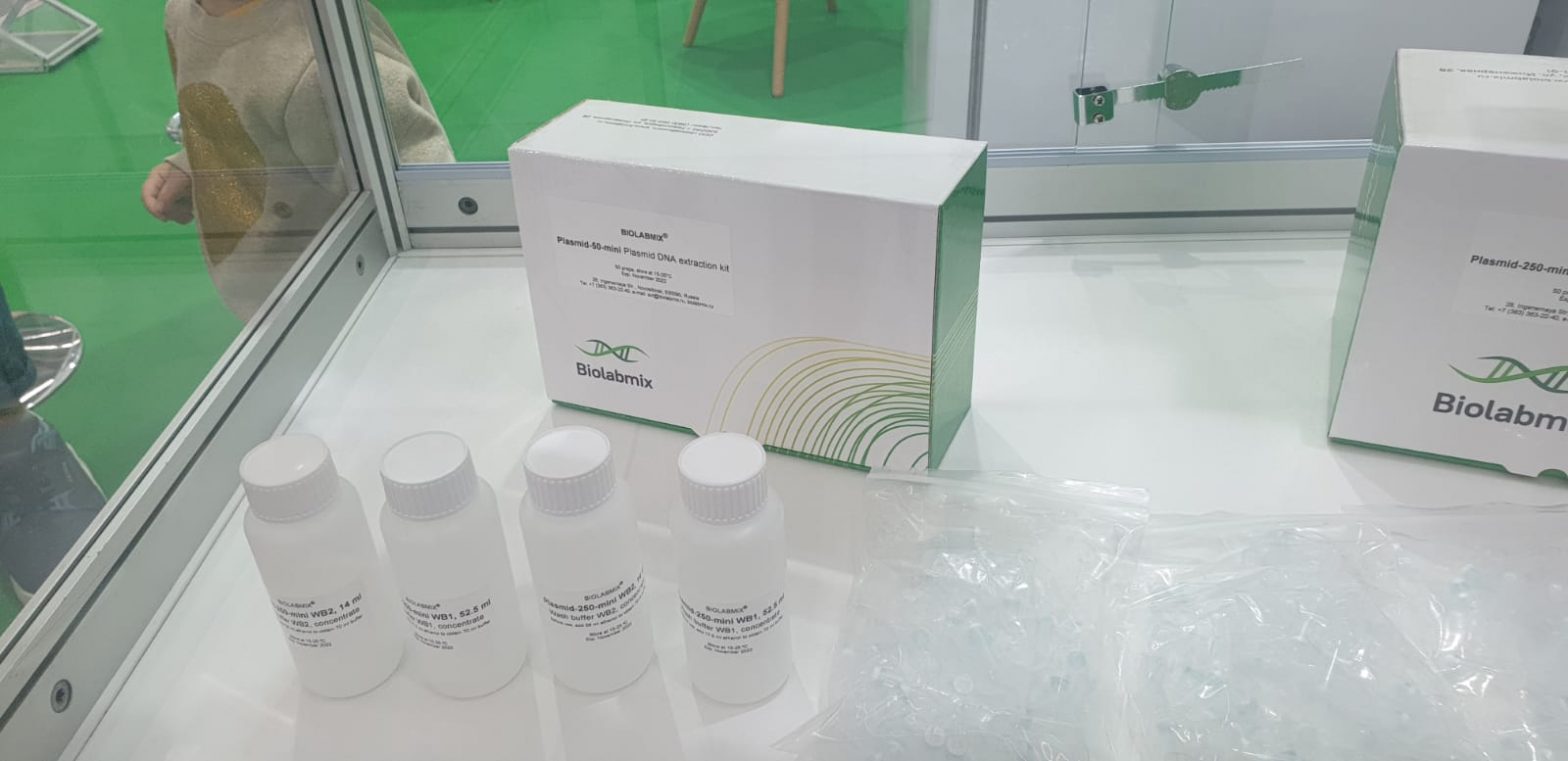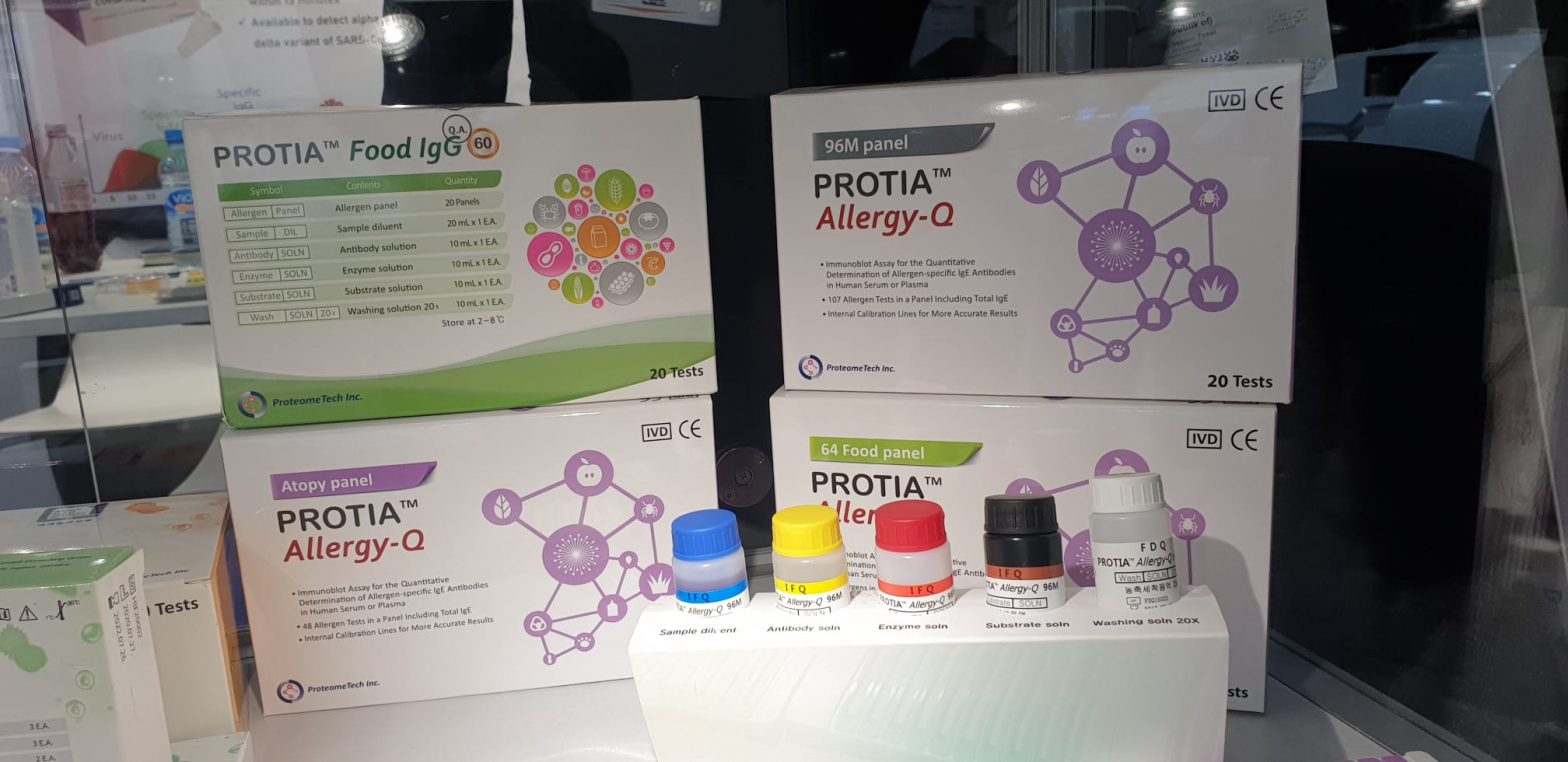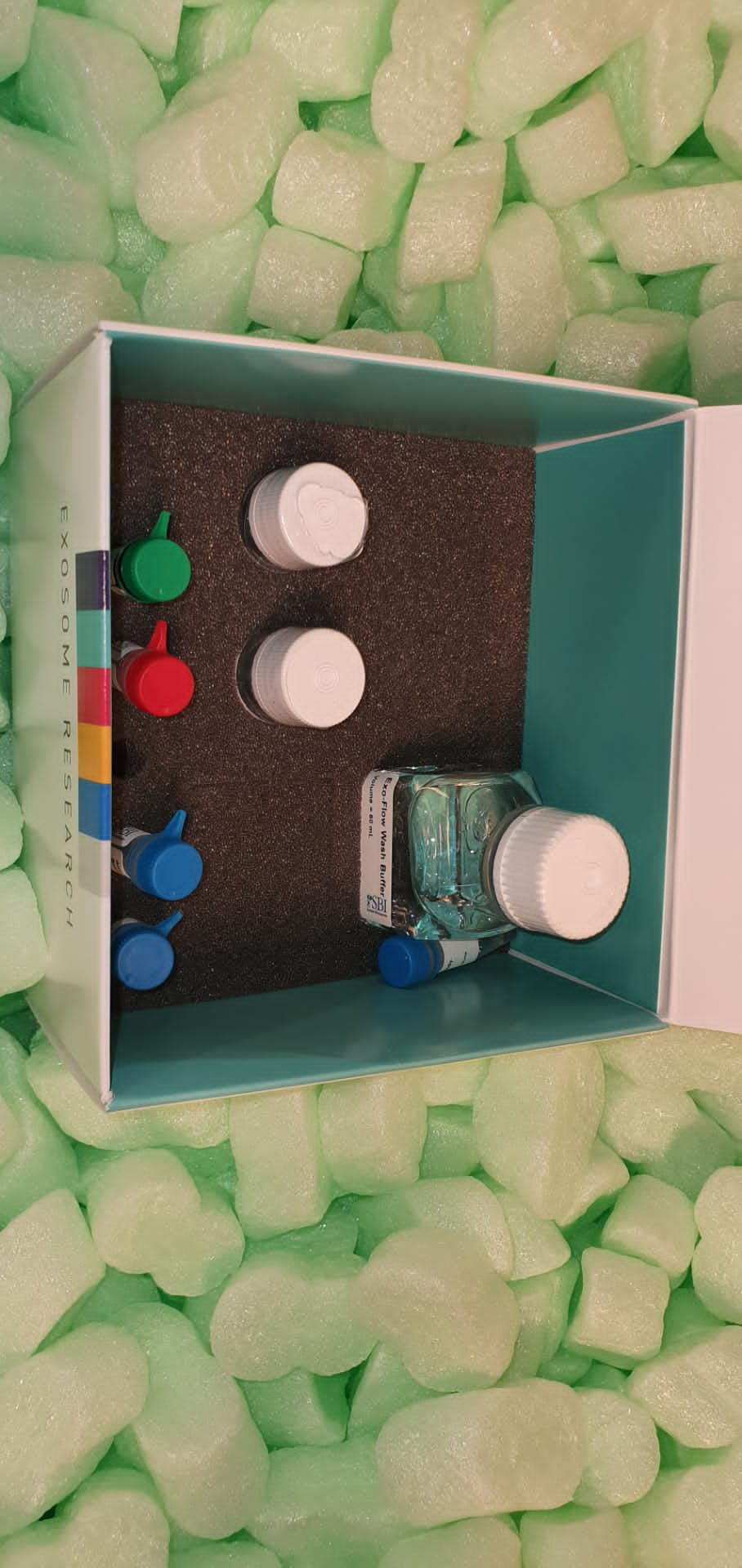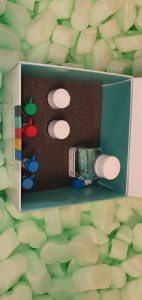Introduction
Recombinant antibodies (rAbs) are monoclonal antibodies that are generated in vitro using synthetic genes. Unlike monoclonal antibodies (mAbs) that are produced using traditional hybridoma-based technologies, rAbs do not require hybridomas or animals in the production process.
Both monoclonal and recombinant antibodies can be used in biomedical science and toxicology research, and are effective therapeutics for cancer, autoimmune disorders, and many other diseases.
However, while monoclonal antibodies have become one of the most common tools in biomedical science and medicine due to their ability to bind to and neutralize or destroy cell-specific antigens, the ascites method of production causes significant pain and discomfort. animals used in the process.
As such, the governments of Australia, Germany, the Netherlands, and the United Kingdom banned it in favour of in vitro methods. The United States also supports the use of in vitro methods as the default procedure for the production of mAbs.
However, it is important to note that in vitro methods involving hybridomas also have their own limitations, including the following:
- Require the immunization and subsequent euthanasia of the animals used in the process.
- Slow and laborious.
- They often cause immune reactions, so antibodies need to be altered and “humanized” before they can be given to patients.
Recombinant antibody production
Basically, recombinant antibodies are monoclonal antibodies generated in vitro using synthetic genes. The technology involves retrieving antibody genes from source cells, amplifying and cloning the genes into an appropriate phage vector, introducing the vector into a host (bacteria, yeast, or mammalian cell lines), and achieving the expression of adequate amounts of functional antibodies.
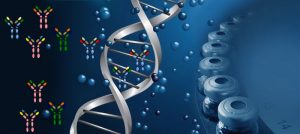
Recombinant antibodies can be cloned from any species of the antibody-producing animal provided that appropriate oligonucleotide primers or hybridization probes are available. The ability to manipulate antibody genes also makes it possible to generate new antibodies and antibody fragments (Fab and scFv fragments) in vitro. Display libraries, commonly displayed on phage or yeast, can then be screened for desirable characteristics arising from such changes in antibody sequence.
How do you select the ones that show your desired antibody? You can do this through a process called panning. One of the simplest panoramic procedures is a variation of the common ELISA procedure. To do this, incubate the antibody library with the immobilized target on a solid. Any unbound phages are washed away and specifically bound phages are eluted and amplified by infecting E. coli cells.
The process is repeated 3 to 4 times to isolate the phages that present antibodies with greater affinity and stability. The genes for the selected antibodies are sequenced and subjected to affinity maturation. The genes for the best antibodies can then be transferred to an appropriate expression system for large-scale production.
The advantages of using recombinant antibodies
- Greater reproducibility and control. Although researchers often lose control of the antigen once they have injected it into the host animal in hybridoma-based systems, the production of recombinant antibodies allows them greater control over the antigen. Since rAbs are defined by the sequences that encode them, they are more reliable and provide more reproducible results than mAbs. By adjusting the experimental conditions, investigators can easily favour the isolation of antibodies against antigens or characteristics of antigens.
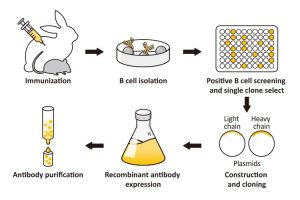 Decrease in production time. Using recombinant antibody technology, an antigen-specific antibody can be produced in as little as eight weeks. On the other hand, hybridoma technology requires a minimum of four months to produce a suitable antibody.
Decrease in production time. Using recombinant antibody technology, an antigen-specific antibody can be produced in as little as eight weeks. On the other hand, hybridoma technology requires a minimum of four months to produce a suitable antibody.- Isotype conversion. A desirable recombinant antibody fragment can be readily converted to a different species, isotype, or subtype by adding the appropriate constant domain. This makes it easier to change the antibodies to a more preferable format.
- Animal-free technology. Recombinant antibodies can be produced without using any animals in the process. This eliminates the numerous ethical and animal welfare concerns commonly associated with traditional monoclonal antibody production.
